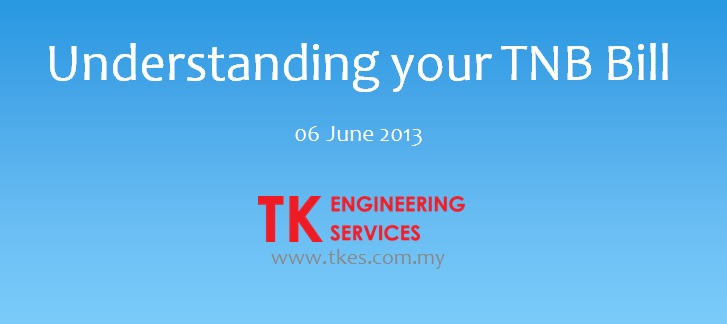Recently, a local radio station stated that it is cheaper or could save more energy to use appliances during off-peak hours. We would like to state that this is untrue.
Firstly, there is no Time-of-Use tariff for residential users. This means, the electricity tariff remains the same. It won't be any cheaper to use electricity during the night or off-peak hours.
Secondly, it could actually cost more to use appliances at night. During the night, or off-peak periods, we note that the supply voltage is higher (but still within Suruhanjaya Tenaga's guidelines). A higher voltage will mean linear (devices without switch-mode power supply or inverters) to consume more energy. Typically, irons, motors (washing machines), lights and fans will draw more energy when the supply voltage is higher.
However, there is an upside to use electricy during night (off-peak) hours. Using electricity during off-peaks helps reduce stress on electricity transmission and generation. In turn, this will help the environment.
In any case, we hope that in the future, the media will dessiminate "news" which are accurate.



 Resources
Resources